How to bake hard beans and soft beans?
Coffee roasting basis
How to bake hard beans and soft beans
Angie Molina Ospina
Text
It's not easy to learn coffee roasting! There are many things to consider in roasting: coffee origin, altitude, water content of coffee, baking curve and so on. In practice, coffee is not roasted well, either baked or scorched, because the density of coffee (density) is also taken into account in roasting.
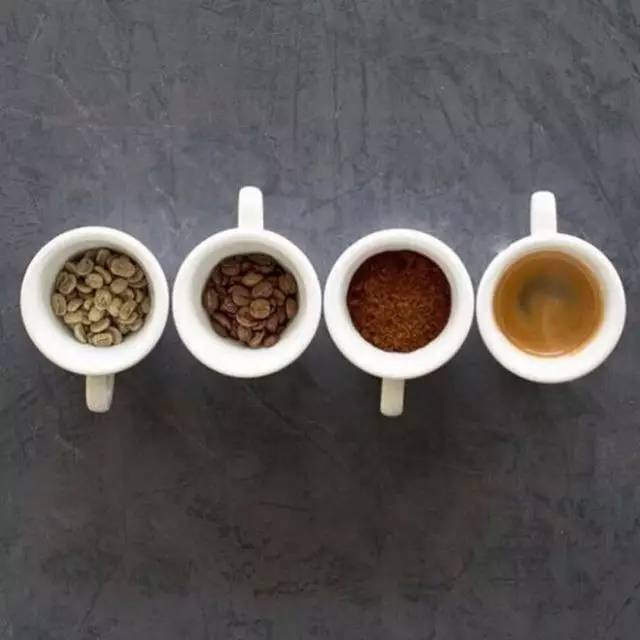
What are hard beans and soft beans?
Hard beans (hard beans/HB) and soft beans (soft bean/SB) are two basic ways to describe coffee bean density. Of course, there are also very hard beans (strictly hard bean/SHB) and very soft beans (strictly soft bean/SSB).
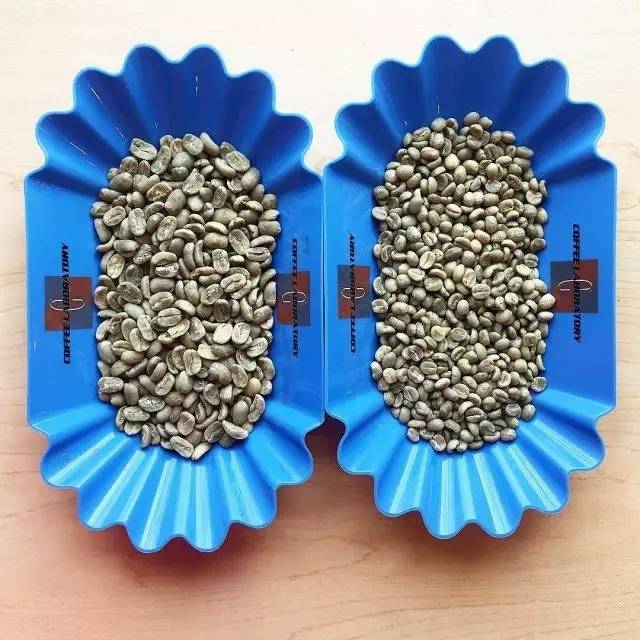
Coffee beans that grow above 1220-1370 meters above sea level are called hard beans. The above definition varies slightly from country to country. The purpose of this paper is to briefly describe the general problems about the effect of coffee bean density on roasting.
What causes the density of raw coffee beans?
Many people say that the higher the altitude, the better the quality of coffee. This view is not comprehensive, but it should also be said to be true. Altitude is related to the density of coffee.
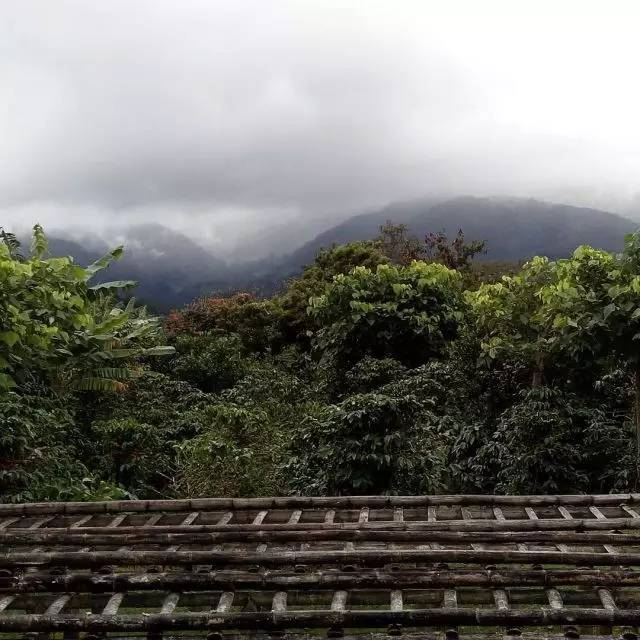
The temperature at high altitude is generally low (of course, we also consider the distance from the equator to the coffee growing area). The lower temperature at high altitude has a great influence on the growth of coffee. Although the growth of coffee needs hot climate, the lower temperature can slow down the ripening rate of coffee, and the slower growth and ripening rate of coffee can increase the density of coffee. The density of coffee beans in high altitude areas is higher than that in low altitude areas. High-density coffee beans are popular because of their high sugar content, complete flavor development and high acidity.
Coffee grown at low altitude has more cells (holes in the cross section of vascular tracheids) because of higher temperature, faster ripening (short maturity).
Altitude is only one of the factors that affect coffee density and is easy to measure. Other factors such as climate change, coffee variety, treatment, and soil quality also affect coffee density. It should be pointed out that the density of coffee is also related to the water content of coffee, which means that the freshness of coffee berries, quality control in the process of treatment, and storage will also affect the final density of coffee.
How to distinguish between hard beans and soft beans?
Observe the middle line of raw coffee beans. The more open the middle line is, the smaller the density of coffee beans is. If the middle line of the coffee bean is closed, its density will be higher.
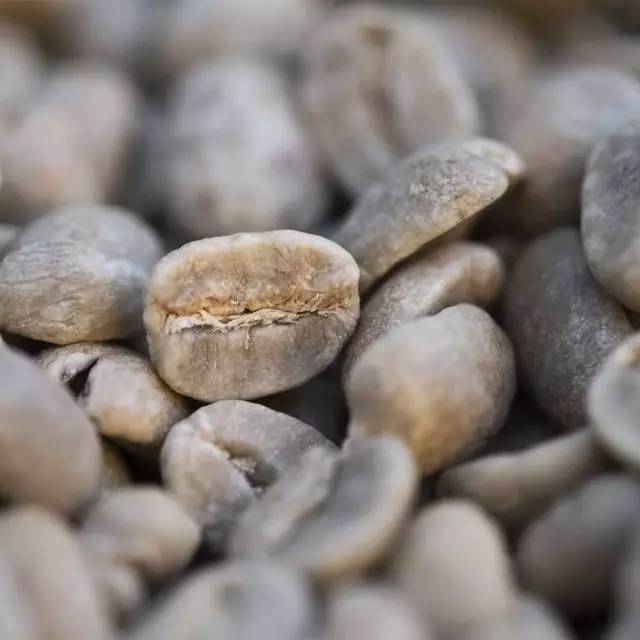
The density of coffee can be calculated in a scientific way, and observing the middle line is the easiest way.
How to bake hard beans, soft beans
First of all, there is no magic or formula for roasting coffee, and there are too many variables involved in roasting.
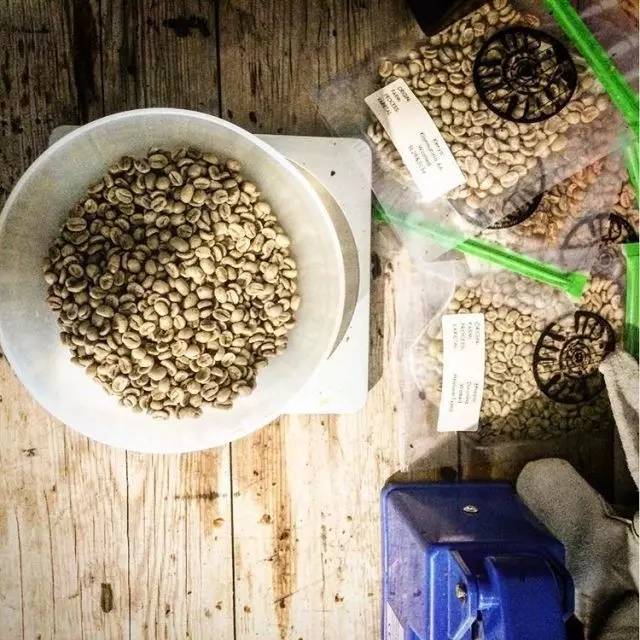
However, people can sum up useful guiding principles through practice. The absorption capacity of hard beans to heat energy (the reaction to heat energy) is better than that of soft beans, so the development of its flavor is more complete. On the other hand, hard beans have high density and high water content, which also hinders the heat transfer. Use more firepower and higher bean temperature when baking.
Soft beans, whose structure is not as strong as hard beans, have more cavitation (airpocket) in its structure, which will slow down the transfer of heat to the interior of the coffee, so if too much firepower is used in the roasting process, the surface temperature of soft beans will be too high, resulting in coke and baking defects (scorching). When baking soft beans, the starting temperature should be lower. At the same time, the overall baking time of soft beans should be longer.
Density is important, but not all of baking.
The density of coffee beans and coffee roasting are not only a matter of altitude, there are too many different types of coffee beans, and the storage time of coffee beans also affects the density.
Record the data before baking, the water content, density, origin, treatment method, ambient temperature and humidity in the baking room, etc., and plan your baking curve. Recording the chemical and physical changes during the baking process will help you better understand the final baking results and help improve the baking curve.
Hard beans can provide room for flavor development, you can use a higher baking temperature to bake hard beans, if the baker does not understand the characteristics of raw beans, just copying other people's baking curve will not achieve the desired baking effect.
Baking is a combination of science and art, and it often fails to achieve the desired baking effect at the beginning of baking. don't lose heart, with the increase in knowledge of coffee bean treatment, varieties, climate characteristics of the growing area, etc., you will have more ability to design baking curves.
Persist in study and practice.
Important Notice :
前街咖啡 FrontStreet Coffee has moved to new addredd:
FrontStreet Coffee Address: 315,Donghua East Road,GuangZhou
Tel:020 38364473
- Prev
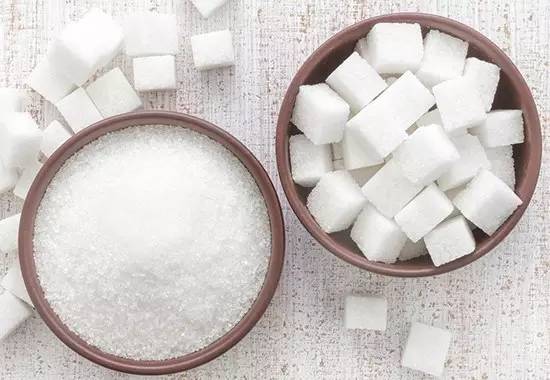
Does adding different sugars have an effect on coffee?
Coffee with rock sugar has always been one of the drink matching methods that people are used to. It is not only delicious, but also easy to operate and easy to learn, so it is loved by most people. However, many people find that they do not know the skills and precautions of adding rock sugar to coffee. So today, let's introduce the little knowledge of coffee and rock sugar in detail. (do not imitate the picture above) Sugar
- Next
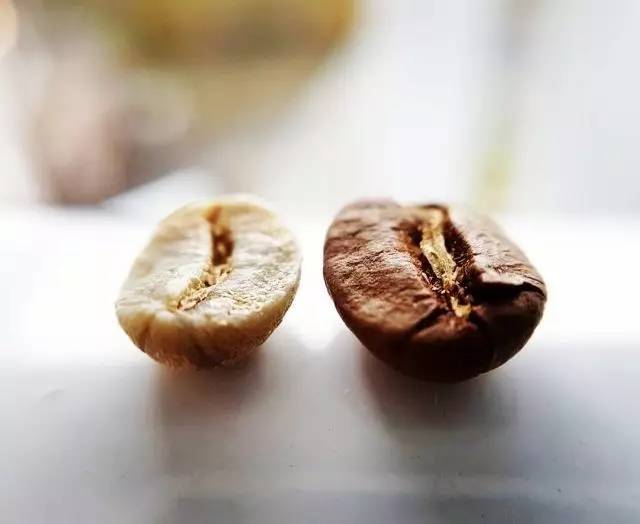
How to bake coffee from different producing areas
How to bake coffee from different producing areas? should you use the same baking curve for coffee from Narino in Colombia and coffee from Sidamo in Ethiopia? The answer is likely to be no. The microclimatic conditions such as climate, soil type and planting altitude of coffee producing countries are different, and the coffee produced by different countries is also different. In the baking process
Related
- Beginners will see the "Coffee pull flower" guide!
- What is the difference between ice blog purified milk and ordinary milk coffee?
- Why is the Philippines the largest producer of crops in Liberia?
- For coffee extraction, should the fine powder be retained?
- How does extracted espresso fill pressed powder? How much strength does it take to press the powder?
- How to make jasmine cold extract coffee? Is the jasmine + latte good?
- Will this little toy really make the coffee taste better? How does Lily Drip affect coffee extraction?
- Will the action of slapping the filter cup also affect coffee extraction?
- What's the difference between powder-to-water ratio and powder-to-liquid ratio?
- What is the Ethiopian local species? What does it have to do with Heirloom native species?

